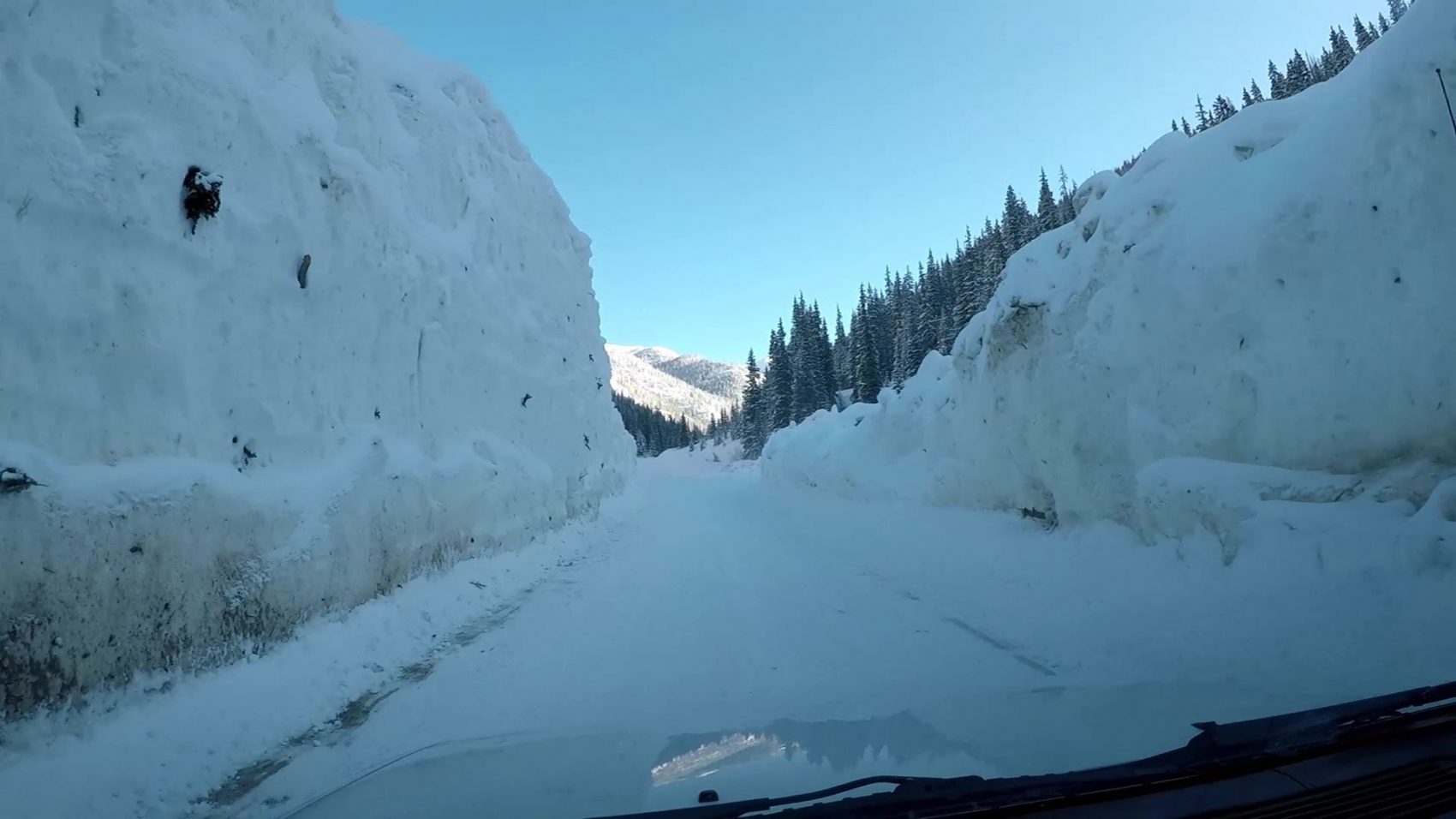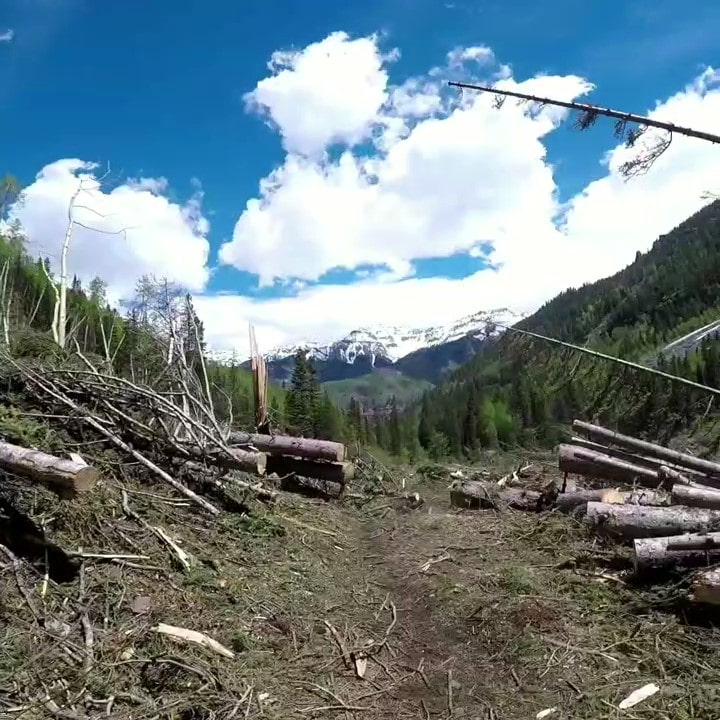
March 2019 was a historic avalanche cycle in Colorado of great importance. The Colorado Avalanche Information Center, or CAIC, had reports of nearly 1000 confirmed slides during that cycle. The true number was likely multitudes higher.
D5 is the highest possible rating on the destruction scale for avalanches. March 2019 saw 3 avalanches earning a D5 rating. Two of which occurred in the Aspen, CO area.
“To put it into perspective, there’s nobody alive today who has been in a cycle quite like this in Colorado. These are less than once in a lifetime cycles. They’re quite rare. And, thus, the cycle makes for a goldmine of research opportunities.”
– Brian Lazar the deputy director for CAIC.

With historic amounts of avalanche debris in the Colorado backcountry, a prime opportunity for research has surfaced. Workers with CAIC have been collecting tree ring samples known as cookies from these downed trees. specifically from trees displaced by large avalanches in the historic spring avalanche cycle of 2019, as well as other areas. The past two summers have yielded 730 tree ring samples. Special notes were also taken visually from these trees, to help identify additional clues from the samples. These cookies will give some insight into the history of these trees and what they may have experienced in their lifespan.

The research taking place may help give answers to the nature of such massive avalanche cycles. What leads up to these cycles? How often do these cycles occur? Dendrochronologists from US Forest Service and US Geologic Survey are hoping to shed some light on a timeframe in which these cycles occur, frequency wise. They also will be analyzing the flow dynamics as well as the impact pressures of these avalanches, among other things. The wooden disks will be sent to Fraser, CO for preparation at a USFS facility. Ultimately being sent to Bozeman, MT for analysis at a USGS facility.